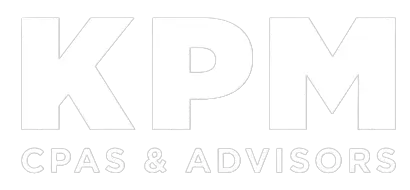Employers must work proactively to prevent toxic work environments, no matter the size nor mission. Failing to do so means it’s likely only a matter of time before bad things happen, with possibilities ranging from the departure of good employees to bad publicity to costly legal action.
The danger of unchecked toxicity was highlighted in a survey jointly conducted earlier this year by INTOO, an HR solutions provider, and Workplace Intelligence, a thought leadership and research agency. Of 1,600 full-time U.S.-based employees surveyed, 35% said they’d accept a lower-paying job to free themselves from a toxic work environment.
A Crisis Of Confidence
Imagine potentially losing more than a third of your workforce because of a toxic work environment! (Actual results will vary, of course). The point is workplace toxicity potentially threatens every employer’s stability and productivity.
What’s challenging about toxicity is that it often develops slowly and quietly within departments or teams, making it hard to catch, at least at the macro level. This is where your people managers come into play. Generally, they form the first line of defense against the out-of-control conflicts that can lead to toxic work environments.
Unfortunately, other recent statistics reveal a problem here. In a September 2024 blog post, global leadership development firm DDI stated that its “assessments of more than 70,000 manager candidates reveal that nearly half (49%) lack effective conflict management skills.” And the organization’s Global Leadership Forecast 2023 found that only 30% of more than 15,500 HR professionals and leaders surveyed worldwide felt confident about managing workplace conflict.
Best Practices
The message for employers is clear: Managers need to identify, address, and resolve conflicts competently and confidently. If yours can do so, you’ll be much more likely to mitigate or avoid toxic work environments. Easier said than done, no doubt, but here are two big-picture ways to address this issue:
Establish Clear Organizational Policies & Procedures. Toxicity can only thrive when no checks and balances are in place to stop it. Make sure your organization has clearly worded, widely disseminated, and consistently enforced policies against discrimination, harassment, and bullying.
If you need to put any of these policies in place, or others, work with a qualified attorney to get the language right. And even if you have such policies, review them every so often to see whether they need to be revised in light of changes to your workforce or other circumstances.
While strong policies are critical, they won’t do much good unless you have clear procedures for reporting violations, conducting investigations, and carefully meting out consequences. Take a continuous improvement approach, adjusting them based on lessons learned and evolving methods.
Train Managers Upon Hire & Upskill Thereafter. As the DDI survey points out, many managers feel either undertrained or underconfident in their ability to handle conflicts. When you bring new managers on board, make sure “conflict resolution” is among the core training topics covered, along with thorough coverage of your organization’s policies and procedures.
And don’t fall prey to the dubious idea that one initial training is enough. To keep toxicity at bay, find ways to upskill managers’ conflict resolution abilities at least annually, if not more often. Options include online seminars, guest speakers, and career-centered counseling.
Consciously Nontoxic
At the end of the day, you’ve got to choose people managers wisely and give them the support they need to nurture positive, inclusive working environments. Check in with yours regularly and reward them for meeting organizational goals for maintaining a healthy, productive, and consciously nontoxic culture. Contact us for more information.

